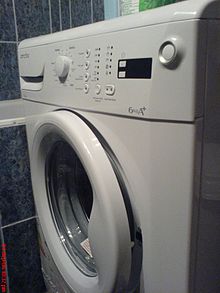In the days when people owned two or three outfits, laundering garments by hand may not have been a huge chore. In the modern world, people tend to own far too many clothes, and cleaning even the ones they wear regularly can be a formidable task.

Tougher federal standards kick in, requiring all washers made after March 6, 2015 to use even less water and energy. That means the newest Energy Star-qualified washing machines will use 25 percent less energy and 40 percent less water than washers not carrying the Energy Star.
Before shopping for a new washing machine, buyers will benefit from a bit of research done up front. Details on the two major types of washers will help shoppers decide between the two models.
Consider location. Look at washers that score very good or better in our Ratings for noise and vibration if your laundry room is near bedrooms or the family room. Also pick washers that let you silence end-of-cycle signals. We note the features of each washer.
Size things up. Capacities of front-loaders and high-efficiency (HE) top-loaders keep increasing, with some washers handling up to 28 pounds of laundry. While most washers are 27 inches wide, some with large or jumbo capacities add an extra two or three inches. Pair a wider washer with its matching dryer and you'll need up to six more inches in width to fit the pair.
Top or front-loader? Top-loaders with center-post agitators typically cost less and wash the fastest, but performance is often unimpressive. High-efficiency top-loaders hold more laundry, use less water, and extract more of it.
Focus on features. Electronic controls let you quickly choose cycles and keep an eye on the remaining cycle time and status. Automatic detergent, bleach, and softener dispensers release the powder or liquid at the right time in the cycle. A stainless-steel or plastic tub won't rust if chipped, unlike a porcelain one.





